Farmers are not fast forgetters. They have long memories. Past weather events, cultural practices, product usage, and marketing decisions often drive future decisions. With that, I’m guilty as charged. Last season, a straight-line wind caused major greensnap to a new corn hybrid, wrecking my goals. This made me take pause and return to some of the management practices I employed when I hit my contest-winning yield of 2021. This included returning to a familiar hybrid, AgriGold 6659, which as my seed rep told me, “You definitely know how to manage.” I returned to a very high seed population of 48,000, which multi-year research on my farm revealed was my sweet spot (I’m not advocating such a high population for production acres, just for my high-yield farm). And I made sure to apply sulfur at planting. But last year’s events also made me obsess over plant strength, so I’ve been raising levels of calcium, magnesium and potassium. My corn is now shooting tassels – in just 54 days – so the V stages are complete. In golf terms, this is like being done with the front nine. And based on my scouting, this is by far the best front nine I’ve ever shot. But the Delta can be merciless. We’re looking at temperatures in the upper 90s this week, and lows may barely reach the 70s, during the most critical stage in the plant’s life. This stress can impact pollination. So we’ll be applying Huma products this morning, then irrigating.
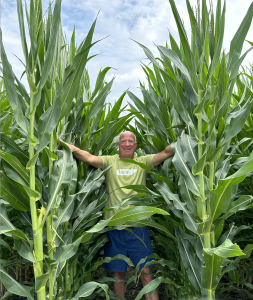
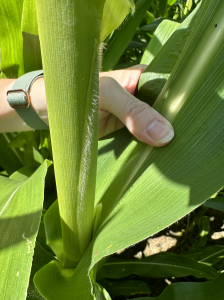
I’ve long held the belief that the popular saying “knee high by the fourth of July” was started before hybrid seed corn. There’s evidence of that at our field on the Zia Pueblo in New Mexico. The heirloom variety is progressing incredibly well. We have a great stand established. Weed pressure has become an issue. Since herbicides are not an option, our solution is to cultivate and throw dirt over these weeds, then apply Super Nitro to the corn so it can outcompete the weeds.
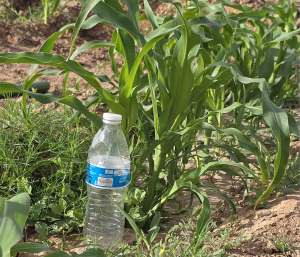
Many farmers plan to apply fungicide to their crops this year, regardless of whether they detect disease pressure. That’s due to the yield bump fungicides provides, by bolstering plant health. When I farmed, I referred to foliar fungicides at VT as the easiest money we make. In corn, fungicides are planned during the VT (tassel) stage, when stress reduction is top priority. Since farmers are already paying for the airplane, spray rig, pivot or drone to travel down the rows, why not make it count? Applying nitrogen at this stage can deliver a sound ROI. Corn plants consume about one-third of their nitrogen intake after they tassel, and physiologically, the plants now utilize N from inside the plant and not from the roots. But the problem with foliar nitrogen, as well as urea, is the propensity for crop injury and leaf burn, which is the last thing a farmer wants to see during this critical reproductive phase. Enter Super Nitro, a carbon-based product that delivers 10 units of N per gallon. In many cases, farmers can expect one pound of nitrogen to deliver one bushel of yield per acre. This additional 10 bushels (at a FCI price of $4.66 per bushel), delivers $46.66 in gross revenue, and better than a 4:1 ROI. In addition to enhancing a fungicide pass, Super Nitro can greatly help farmers get back on track with their N requirements. Excessive spring rains delayed planting in many areas and forced many replant acres. Many of these water-logged fields have lost nitrogen, prompting many growers to question whether their plants will have enough N. Applying crop-safe Super N can growers can to get back on track.
Last week I had the honor of presenting to a group of farmers and ag officials at Rio Gro, a Mesquite, New Mexico-based ag retailer founded by Josh Bowman. When it comes to regenerative agriculture, Josh belongs on the Mount Rushmore. In just six years, he has transformed desert sand into black soil that resembles that of central Illinois. He’s more than quadrupled organic matter on his pecan orchard. The foundation of his strategy is cover crops. He plants multiple species of cool and warm season grasses which are rotationally grazed by cattle and sheep. And he applies humic products. Josh, his team and his attendees were all very complimentary of the “Critical Role of Carbon in Cropping Systems” presentation I gave at his event.
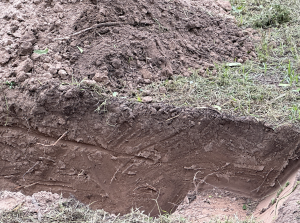
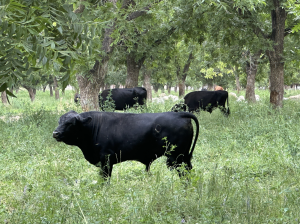
Related Posts

This Week in Ag #18
In the sports of track and swimming, relay races are often the most exciting events of the meets. You know the concept: a team of usually four athletes races as they follow each other in succession, showcasing performance and precision. For a split moment, while handing a baton or projecting yourself toward the pool as

This Week in Ag #55
While farmer sentiment may be down, their appetite for new information is not. Initial estimates had last week’s Commodity Classic drawing record crowds, with projections of 11,000 attending the event in Houston.
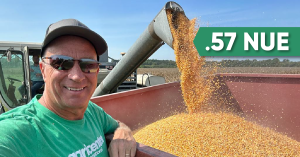
This Week in Ag #47
Nitrogen Use Efficiency has quickly become part of the vocabulary surrounding sustainability. But NUE is more than just a buzzword or another fancy acronym. NUE is the benchmark for nitrogen management. You’ll often see it used to measure the amount of nitrogen used to produce a bushel of grain. NUE is a pillar for calculating

